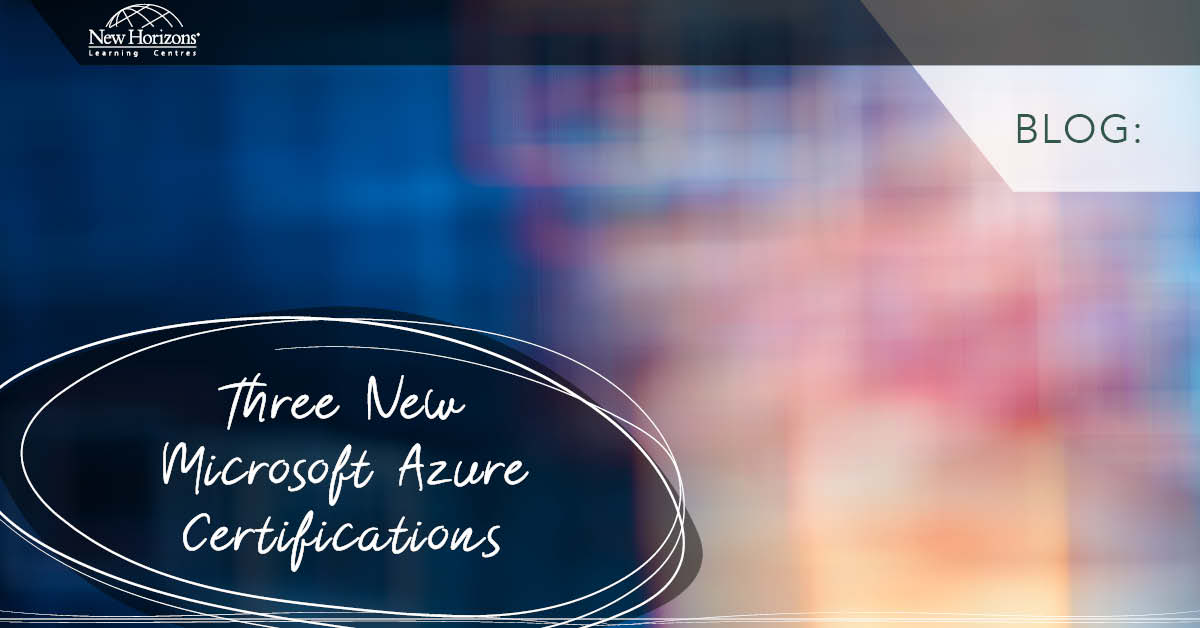
Sep 11, 2014
SharePoint 2013 takes people of their isolated workspaces and gives them the ability and tools to collaborate with other people in the organisation such as their work colleagues, peers, and executives. In this article, I will talk about various ways of connecting people in SharePoint. There are many features in SharePoint 2013 that helps making social computing and collaboration easier. SharePoint 2013 has also introduced new capabilities that allow enterprise users to share and interact with other people within the organisation. SharePoint offers a “My site solution.” The SharePoint My Site allows users to create a “personal portal” in the corporate SharePoint environment. The My Site is also a place for users to share personal and professional interests and expertise and, with privacy settings, decide to whom most of this information will be shared. In SharePoint 2013, the My Site user interface has been totally redesigned to provide a more intuitive user experience, predominantly by virtue of the simplified and unified navigation. My Sites in SharePoint 2013 has also been enhanced to contain the new microblogging and news feeds features.- Discussions: members can post an opinion or question to start a new discussion. Other members can reply to and like the post.
- Categories: members can create categories to organise their discussions.
- Badges and Reputation: moderators can assign badges to members to indicate their status within the community, e.g. Subject matter expert.
- Members: a list of all members, including their badges and reputation earned, is held on the community site.
How do your Excel skills stack up?
Test NowNext up:
- How to import a Microsoft Access resources list into Microsoft Project file
- Use conditional formatting to create a Gantt Chart
- Certificate Error, go back to start, do not collect $200
- Telling people that their feet smell and other delightful office conversations
- Action buttons and hyperlinks in PowerPoint
- All about abstract classes in C#
- All about autofill in Microsoft Excel
- Asynchronous programming in C#
- Eliminating hurdles for effective customer service
- Dynamic charts in Microsoft Excel
Previously
- Why you need to know about the Show/Hide button ¶
- Cloud computing with Microsoft Azure
- I Know!
- Passwords and alternative credentials in PowerShell
- Create an advanced filter in Excel
- The Silver Rule of Negotiation
- Voice Resiliency Features of Lync Server 2013
- Heading styles in Microsoft Word
- Setting up your first Office 365 Tenant account
- 5 steps to create a custom field in Microsoft Project









